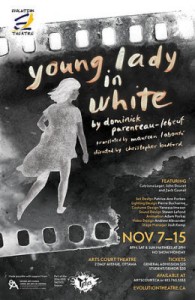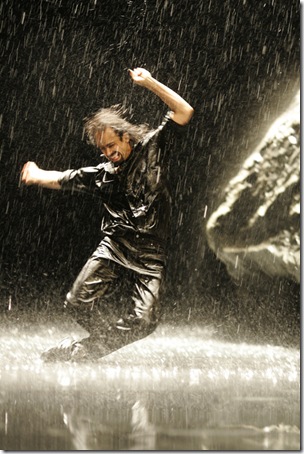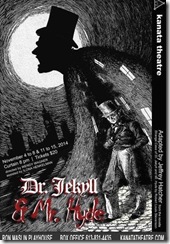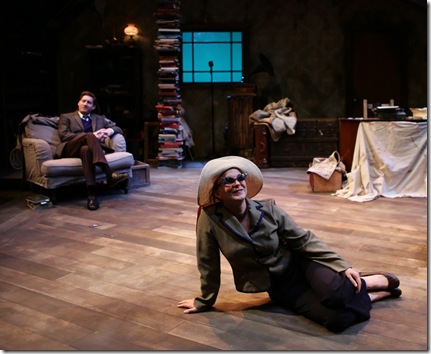Young Lady in White: A beautiful story in need of a purpose

Who are we? What is the purpose of our existence? These are questions many of us constantly ask ourselves. As such, they rank high above others on the priority list, whether they address pressing world issues, catastrophes of any proportion, or the very survival of anything that is not connected to us. That is exactly the story of the Young Lady in White. Photographed in the summer of 1932, and never developed due to the events that followed (the Nazis coming to power in 1933 and the
political changes they introduced), our protagonist is destined to live her life as a negative for 28,000 nights. The only company in her solitude and everlasting wait for her artist (who, she hopes, will come back to developed her) is the charming Chada – a cat that has never gotten further than sketch level. The negative girl and the sketch cat spend decades (from 1932 to 2009) in looking through the bathroom window at the world as it develops: atrocities during WWII, the total destruction brought on by the use of the atomic bomb, and victimized civilians in the post-war era. The girl doesn’t have much appreciation of the history that unfolds before eyes (except for the occasional ejaculation of surprise), but she listens to Chada, develops a strong companionship with him, and, at the end, destroys him for telling her an unwanted truth – that she is no more than an unknown negative, and that she will never be more than that. Finally, 10 years after the Berlin Wall fell, his prediction proved to be wrong: during the final clean-up of the area, a municipal engineer finds her in the darkroom and takes her with him. To be developed? Well, that is not the point of the story, which makes this ending of the play an artificial and rushed edition rather than a necessary ending statement. …





